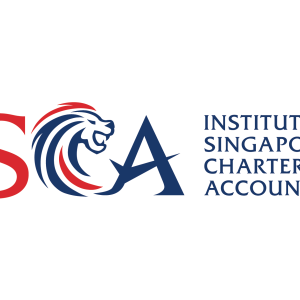
Arthur Maira,Deputy Principal (Culture & Student Affairs) at Crawford International School
- A Culture of Discipline in Learning Institutions;
By Arthur Maira,
Times may have changed, but some things remain the same. Often, we are tempted to replace strong foundations with weaker, temporary ones. While posts are easily manipulated, pillars are stable and lasting.A strong culture is essential for creating an environment where growth and development can thrive.
The right culture not only allows communities to function well but also ensures their survival. Without a strong culture, the big picture cannot be achieved. Our future depends on a disciplined culture, which includes a set of values and behaviors.
Over the years, schools have tried various ways to handle discipline.The challenges may look different, but they are similar in nature. As the world, people, and technology evolve, so do the problems.
However, technology has brought about many advancements, and in today’s world of Artificial Intelligence, data is incredibly useful if we know how to use it properly.
Data-driven discipline means making informed decisions based on analyzed data.Learning institutions which are Microsoft Showcase Schools, use 21st-century tools, including AI, to help manage discipline.One of the tools used is the Student Behavior Tracker (SBT), which uses Microsoft Forms for collecting data.
This system helps track student behavior both on and off-campus, using both PC and mobile devices.
Schools should be places of growth, not punishment.When managed well, learning institutions can be environments where students can discover and develop their potential.
Mistakes are a natural part of being human, and everyone makes them. The goal of discipline is not to create perfection, but to provide the best conditions for students to perform well.

School discipline is a process, not a project with a set deadline. Since students are going through emotional and biological changes, the approach to discipline should focus more on emotional intelligence (EQ) than just intellect (IQ).
It is important to focus on progress rather than perfection. Disciplinary issues should be handled in three main ways: Preventive, Restorative, and Transformative measures.
Every school aims at reinforcing the institutions Code of Conduct in a safe and balanced environment while supporting students from early years to higher levels.
This is made possible through the support of all stakeholders.The use of the “Triangle Relationship” model, where the student is the focus, and both the teacher and the parent work together to support them has over the years proven to be effective.
Discipline is something students learn through both instruction and example. The use of consistent communication to set clear expectations while rewarding good behavior through a Merit system is key.
The use of visual aids, like infographics, to break down the code of conduct into daily habits helps learners better understand their discipline trend. Skits during assemblies also help change student attitudes and behavior.
The idea behind this approach is simple: show students what you expect, and they will embody it.
 Media is a powerful tool for communicating culture and shaping behavior.Learners should be encouraged to create positive content that can be shared on social media, reaching young audiences like millennials and Gen-Z.
Media is a powerful tool for communicating culture and shaping behavior.Learners should be encouraged to create positive content that can be shared on social media, reaching young audiences like millennials and Gen-Z.
By using AI tools, shared resources and collaboration, schools continue to build a culture that reflects their core values and benefits everyone in the community.
While there is the challenge of enrolling students from diverse backgrounds, there is also an opportunity to enrich the community. Learning institutions should be committed to developing disciplined individuals who embody school values and are prepared to be responsible global citizens.
Discipline is not just about rules; it is about shaping students into well-rounded individuals who can succeed in the world.
The Author is the Deputy Principal (Culture & Student Affairs) at Crawford International School









